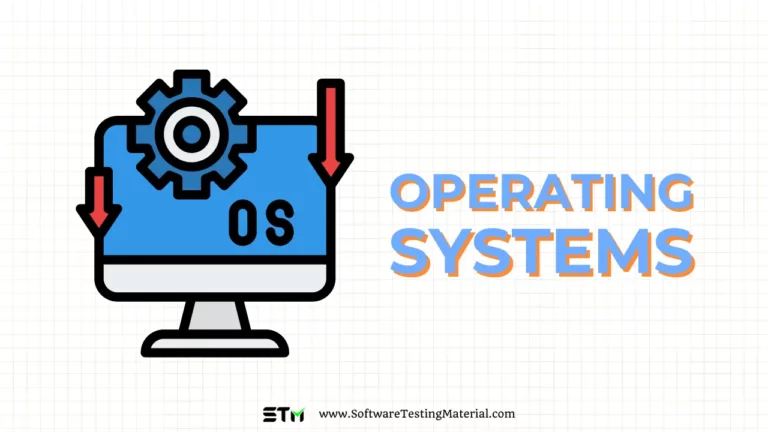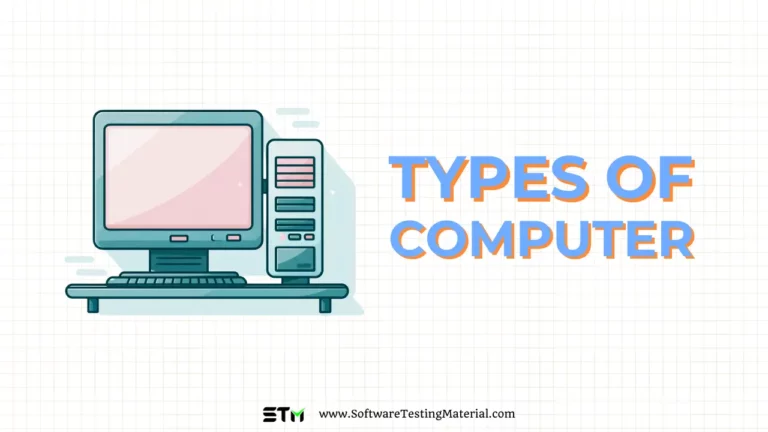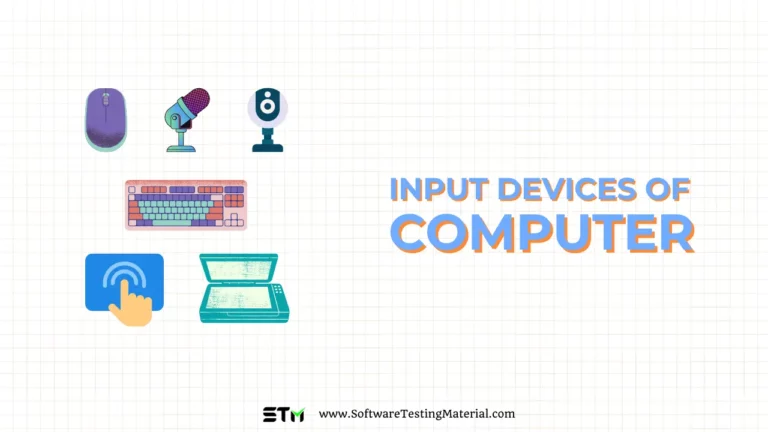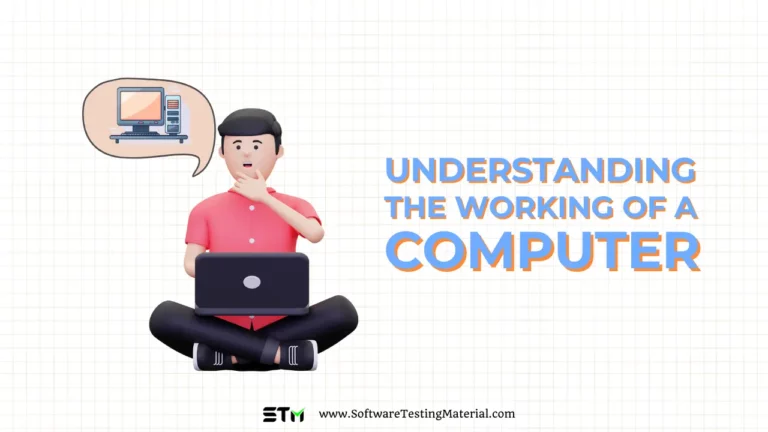History of Computers: Explained In Detail
The history of computers is a fascinating journey that spans centuries and reflects significant advancements in technology and human ingenuity. From simple calculation tools to highly sophisticated machines capable of complex operations, the evolution of computers has fundamentally transformed how we process information and interact with the world.
This blog post delves into the origins of computing, tracing the development of early devices, major milestones in computer architecture, and the generational shifts that have led to the powerful systems we use today.
Must read: Computer Fundamentals Tutorial
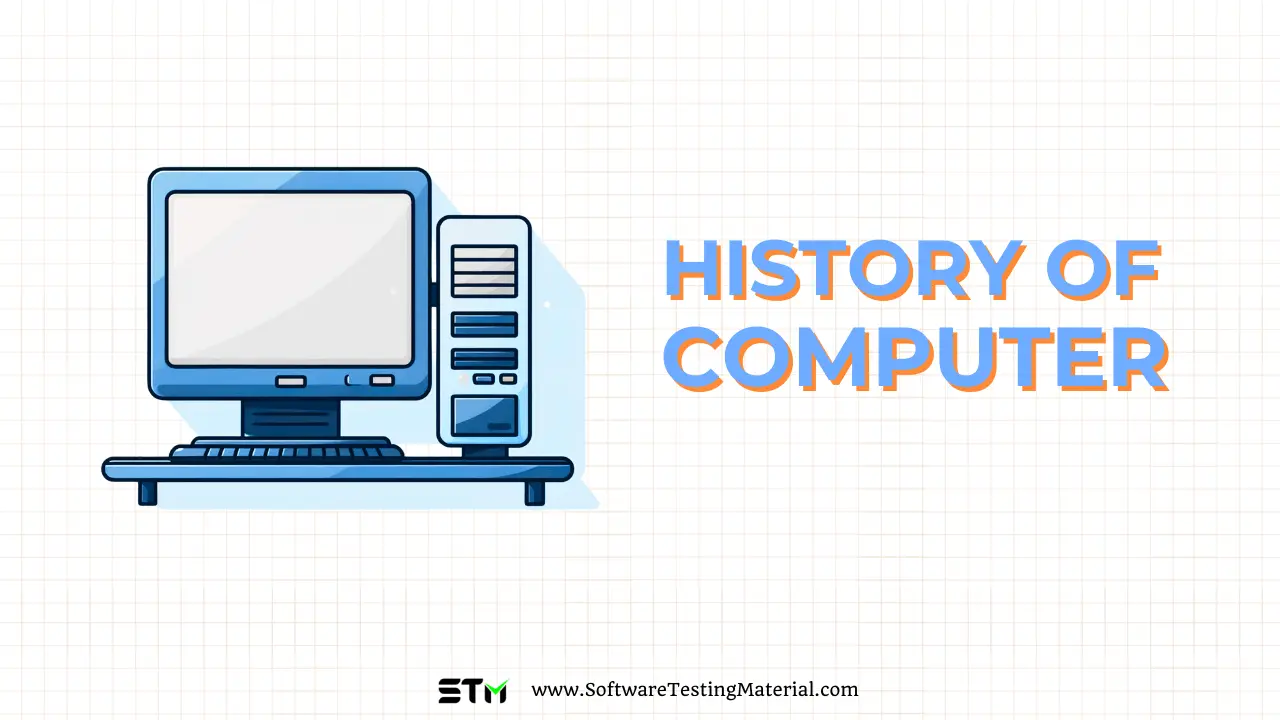
What is a Computer?
A computer is an electronic device that manipulates information, or data. It has the capability to store, retrieve, and process data. Modern computers can execute a vast array of tasks, from basic arithmetic operations to complex problem-solving processes. They are integral to various aspects of contemporary life, including scientific research, business operations, entertainment, and communication.
Early Computer Devices
Abacus
The abacus, one of the earliest computing devices, was used to perform basic arithmetic operations. Originating over 2,000 years ago, this manual tool employs beads on rods to represent numbers and facilitate calculations.
Napier’s Bones
Invented by John Napier in the early 17th century, Napier’s Bones were a set of rods inscribed with numbers, allowing for the multiplication and division of large numbers through a mechanical process.
Pascaline
Blaise Pascal invented the Pascaline in 1642, a mechanical calculator designed to perform addition and subtraction. It used a series of gears and wheels to manipulate numbers and was one of the first known mechanical adding machines.
Stepped Reckoner or Leibniz Wheel
Gottfried Wilhelm Leibniz developed the Stepped Reckoner in the late 17th century. This mechanical calculator expanded upon Pascal’s ideas, using a stepped-drum mechanism to perform addition, subtraction, multiplication, and division.
Difference Engine
Proposed by Charles Babbage in the 1820s, the Difference Engine was designed to perform polynomial calculations. Though never fully completed in his lifetime, it laid the groundwork for mechanical computation.
Analytical Engine
Another brainchild of Charles Babbage, the Analytical Engine, conceived in the 1830s, was a more ambitious project intended to be a general-purpose mechanical computer. It featured elements like a central processing unit (mill) and memory (store), resembling the architecture of modern computers.
Tabulating Machine
Herman Hollerith invented the Tabulating Machine in the late 19th century, which was used for processing data from punched cards. It was instrumental in the 1890 U.S. Census and marked a significant step towards automated data processing.
Differential Analyzer
Invented by Vannevar Bush in the 1930s, the Differential Analyzer was an analog computer designed to solve differential equations by integration. It used mechanical integrators to perform complex calculations and was a breakthrough in scientific computing.
Mark I
The Harvard Mark I, completed in 1944, was an early electromechanical computer. It was a massive device, over 50 feet long, and capable of performing a variety of calculations using punched tape input. It represented a significant advancement in the use of computers for scientific research.
Generations of Computers
The early history of computers is marked by gradual progress from mechanical devices to electromechanical systems, laying the foundation for modern computing.
First Generation (1940s-1950s)
The first generation of computers used vacuum tubes for circuitry and magnetic drums for memory. These machines were large, expensive, and emitted substantial amounts of heat. Key examples include the ENIAC and the UNIVAC I, which were among the earliest general-purpose electronic digital computers.
Second Generation (1950s-1960s)
The second generation of computers transitioned from vacuum tubes to transistors, which were smaller, more reliable, and energy-efficient. This era also saw the development of assembly language and high-level programming languages like Fortran and COBOL, making computers more accessible to programmers.
Third Generation (1960s-1970s)
Integrated circuits (ICs) replaced transistors in the third generation of computers, significantly reducing size and cost while boosting performance and reliability. Key innovations of this period include the introduction of computer operating systems and the concept of multiprocessing.
Fourth Generation (1970s-1980s)
The fourth generation of computers introduced microprocessors, which consolidated thousands of integrated circuits onto a single chip. This revolutionized computing, leading to the development of personal computers (PCs) and the proliferation of software applications. Innovations like graphical user interfaces (GUIs) and widespread internet access emerged during this time.
Fifth Generation (1980s-Present)
The fifth generation and beyond focus on artificial intelligence (AI) and advanced computing architectures. These computers leverage massively parallel processing, quantum computing, and machine learning algorithms to achieve unprecedented levels of performance and solve complex problems. This era also emphasizes the development of more intuitive user interfaces and ubiquitous computing through mobile and connected devices.
Types of Computers
Computers can be classified into various types based on their size, functionality, and application. Common categories include personal computers (desktops and laptops), workstations, servers, mainframes, and supercomputers. Additionally, there are specialized computers designed for specific tasks, such as embedded systems and gaming consoles.
Understanding the diverse types of computers helps in selecting the right technology for specific applications, enabling more efficient and effective use of computational resources.
Conclusion
The history of computers is a testament to human ingenuity and the relentless pursuit of advancement. From the rudimentary mechanical calculating machines of the early generations to the sophisticated AI-driven systems of today, each era has contributed its own breakthroughs and innovations. These advancements have not only transformed the way we work, communicate, and entertain ourselves but also reshaped industries and society at large. Understanding this historical progression provides a framework for appreciating the current state of technology and imagining the possibilities of the future. As we continue to develop and refine computing technologies, the legacy of past generations will undoubtedly guide and inspire future innovations, ensuring that the journey of computational evolution remains as dynamic and impactful as ever.


